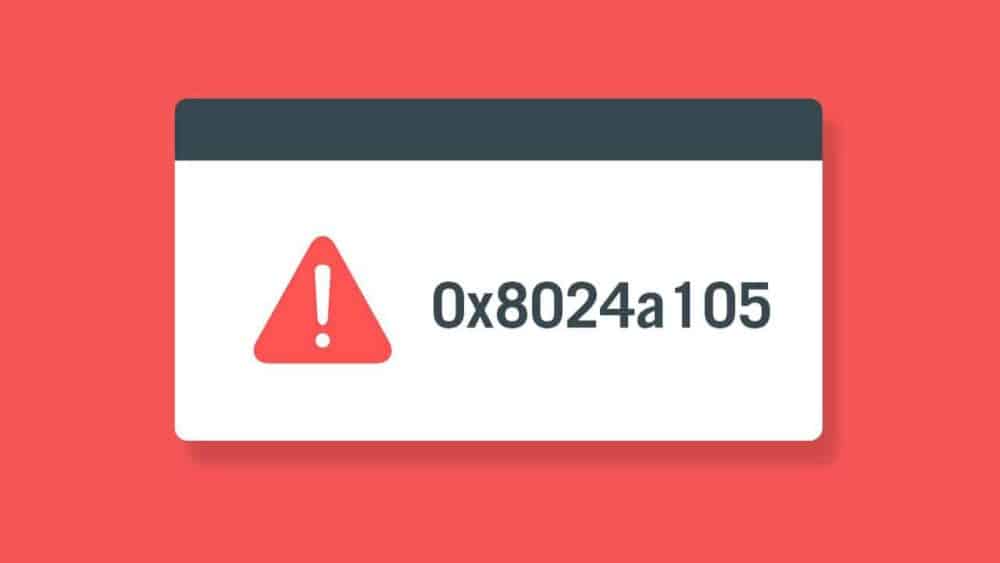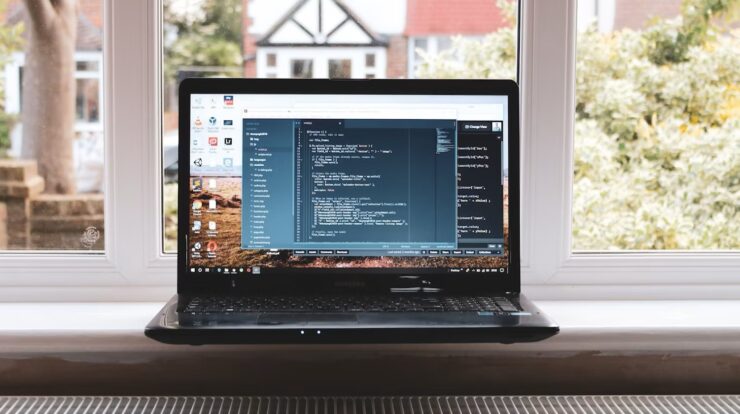
Windows Command Prompts have been one of the vital components of Windows operating systems. In fact, several CMD Commands are so beneficial and convenient to use that the users with no or less knowledge about the technical terminologies can term the CMD Commands Prompt as an essential part of their operating system. People often spread a hoax about these commands going extinct in the near future; however, that is less likely to happen anytime soon.
Keeping in view the popularity of the CMD Commands, we present some of the best commands to assist you in getting more control over your computer. But, before that, it is essential to know what CMD commands are and what they do. So, let’s get there first.
CMD, which is an acronym for Command, is the command-line operator of the Window Operating System. It performs important functions ranging from emulating the input field in a text-based user interface screen with the Windows graphical user interface, executing entered commands to performing advanced administrative functions.
Working CMD Commands All Windows Users 2021
Now, we present you with the best CMD Commands to have more control over your Windows.
1. ASSOC: Fix File Associations
ASSOC command is by far one of the best and most powerful tools in the Windows CMD Commands, and for the same reason, it tops the list of our best CMD Commands. The computer works by associating few file extensions with certain other programs, and this is how Adobe is opened every time you double click a PDF file. Similarly, the computer knows to open Microsoft Word same way when you double click the DOC files.
It is possible to view all file associations the computer knows by simply typing ASSOC in the commands window. After you are done typing, you will review all the programs, and the file extensions ASSOC is associated with. Moreover, you can also set the association by typing anything like assoc.doc=Word.Document.8.
2. FC
The files saved on the computer change frequently, and recalling the difference between these files becomes really difficult. Well, if you are one of those facing this problem, the File Compare Command is the right choice for you. You might be unaware of the fact that the CMD Commands renders the ability to compare files to view all the differences. Hence, the FC command performs either asci or a binary file comparison to present to you all the possible differences that it finds.
If you are interested in comparing two asci files, “Fc/a File1.txt File2.txt” is the right choice for you. However, if doing a binary comparison on two images is your main concern, “Fc/b Picture1. Jpg Picture2.jpg” might be of some help.
3. IPCONFIG
Network troubleshooting has always been an arduous job, but IPCONFIG—an acronym for IP Configuration—is a simple solution to this difficulty. By opting for this command in the CMD Commands, you will be able to get detailed information regarding your contemporary network adapter connection, and they include:
- Current IP Address
- Subnet Mask
- Default Gateway IP
- Current Domain
This information can help you troubleshoot the network issues and several other connection issues you could possibly be facing with the network adapter.
4. NETSTAT
NETSTAT or Network Statistics is a good choice for those who are always worried about having malware running on the computers and connecting to internet locations without your knowledge. So, if you are wondering how to function the Command, all you have to do is run a NETSTAT command on the computer, and you will receive a list of all the possible active TCP connections from your computer.
5. PING
PING proves as an Information Technology Analysts’ best buddy. Wondering how? PING performs the most important function of sending test packets over the network to the more extensive system. Additionally, PING commands also check if your computer is capable of accessing another computer, server, or even a website.
The pros of PING include providing help with revealing network disconnections and providing transmission time for the packets in milliseconds. In this way, it can also disclose a poor network connection.
6. TRACERT
Trace Route, being referred to as TRACERT, is an interesting and useful CMD Command. The command helps trace the path the internet traffic takes to navigate from the web browser to a remote system like Google servers. TRACERT works by sending packets out to a far-off destination, be it a server or website. It renders the following information:
- The number of hops prior to getting to the destination.
- The time it requires to get to every hop.
- The IP as well as the name of each hop.
With TRACERT, it is also possible to know whether the routes of the internet request changes depending on where the web is being accessed. Additionally, TRACERT assists in troubleshooting a router or even switching on a local network that is probably causing a problem.
7. POWERCFG
Does your laptop run out of battery pretty quickly? Is the battery life not sustainable? Well, there are chances that the power settings might be configured to a greater level. If so is the case, then we have brought a perfect solution for this problem. With the POWERCFG CMD Command, it is possible to fix the problem. So, All you need to do is run the command prompt as an administrator and type “powercfg-energy” so you could get a full-fledge efficiency report.
The process takes just a minute or two, and after the evaluation is done, you are supposed to check for possible warnings or errors to improve the power efficiency of the system. You can view the details of all the errors and warnings in the energy-report Html file.
8. SHUTDOWN
SHUTDOWN is a very interesting and helpful CMD Commands. As its name suggests, the command lets you shut down your computer; however, it lets you hold on the computer’s behavior. This command is either used as a scheduled task or a part of an IT batch job after you apply patches to a computer system.
To run a command, type shutdown/I command to start shutdown. Once you run a command, GUI will give an option to either restart or fully shutdown your computer. However, if you are not interested in a GUI notification, you can simply ignore it by typing shutdown/s commands.
Besides, there are several other ways to log off or restart the computer. All you have to do is type “shutdown” without any argument to see all the available options.
9. SYSTEMINFO
SYSTEMINFO, as it is clear from the acronym, is a System Information command used to know the brand of network card, processor detail, and the precise version of the Windows OS. This command will extract the information crucial to your system after polling and later lists the information in a readable and accurate list for the users to go through it.
10. SFC
If you are scared that some sort of virus may have corrupted your system file, SFC or System File Checker is there to come to the rescue by scanning, securing, and ensuring the integrity of your files. To launch it, you need to follow the following steps:
- Right-click and select Run as Administrator.
- Now, type SFC/SCANNOW to check the integrity of all protected system files.
The command will repair all files with the backed-up system files in case of any error.
Let us again review the functions SFC can perform:
- /VERIFYONLY: This command checks the integrity, yet it doesn’t repair files.
- /SCANFILE: This command scan the integrity of selected few files and fix the corrupted ones.
- /VERIFYFILE: It verifies the integrity of selected files, but it doesn’t repair the broken ones.
- /OFFBOOTDIR: This command conveniently fixes the offline Windows directory.
- /OFFLOGFILE: These commands help in specifying a path to save a log file with scan results.
Also, Check :
Final Thought:
The Windows CMD Commands are certainly powerful enough to perform manifold functions. However, the only key to getting the work done is to use the right kind of command. There are even more powerful and useful commands than the ones mentioned above. By typing a simple command, you can perform functions ranging from monitoring the current state of file transfers to changing the background color of the command prompt window.


